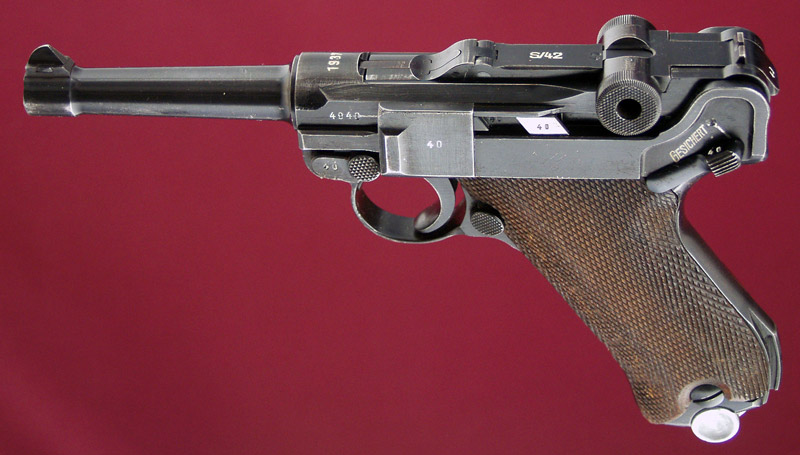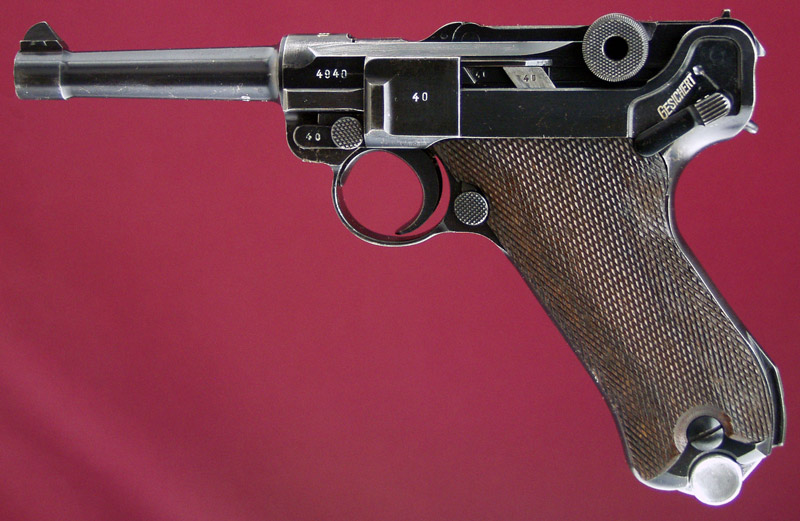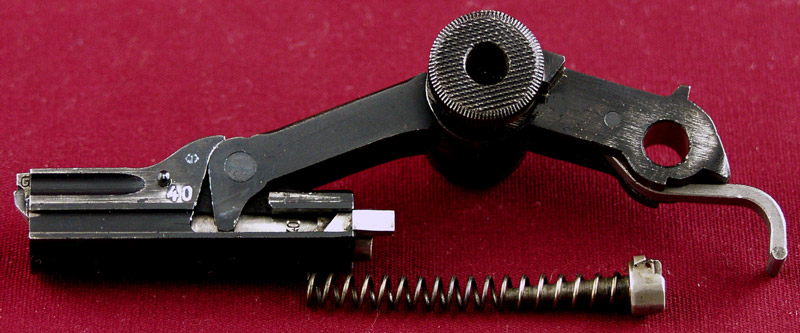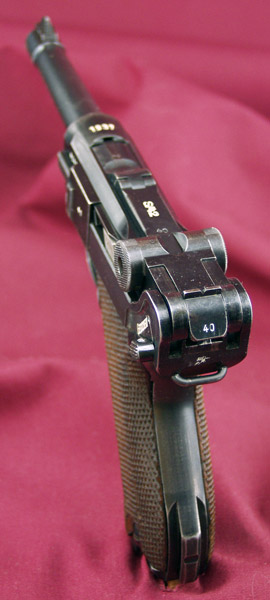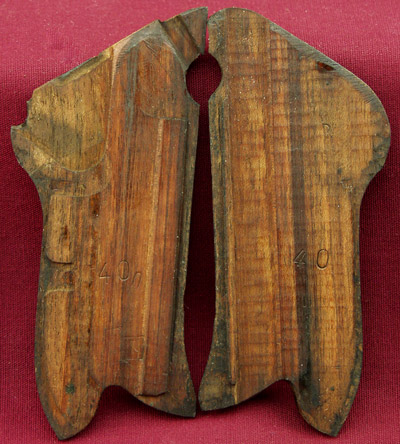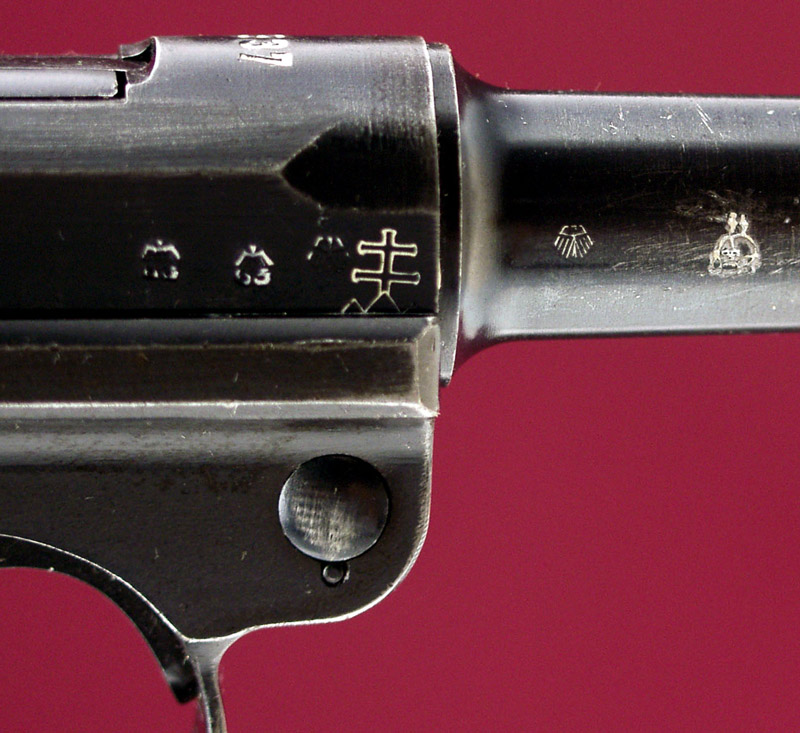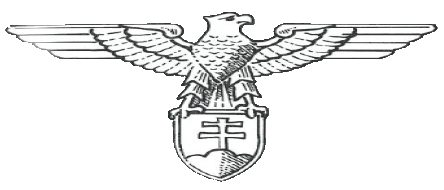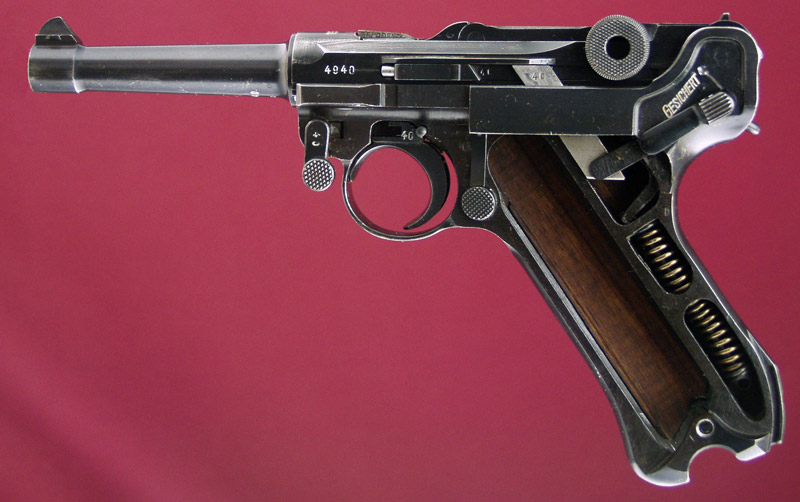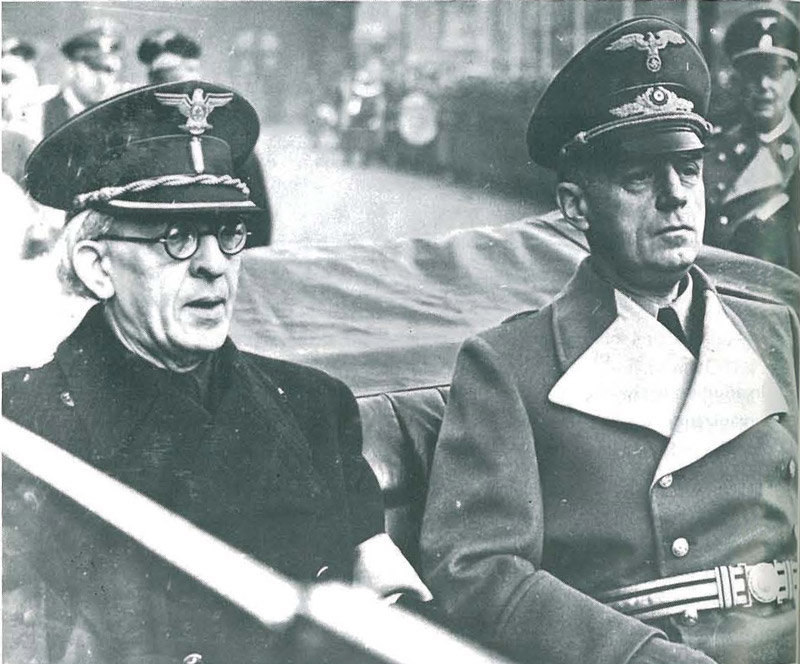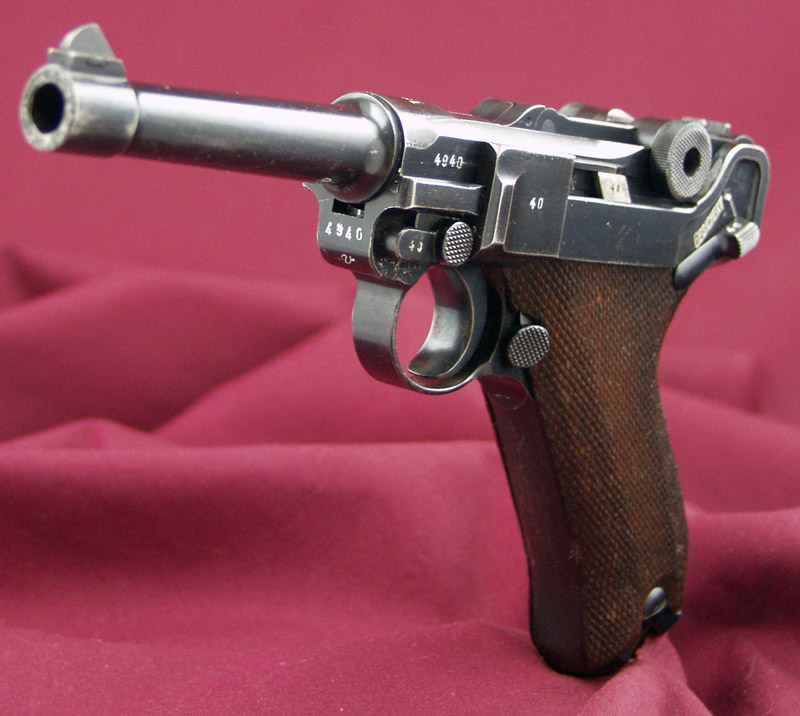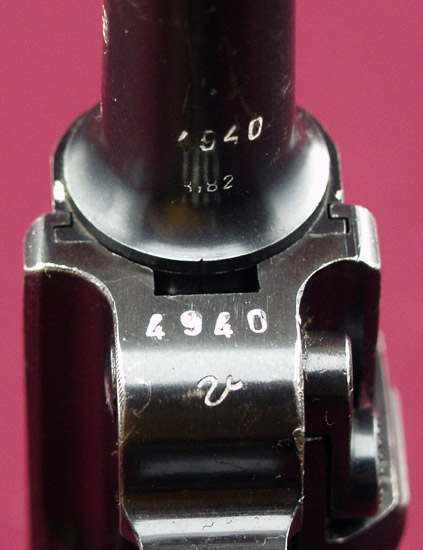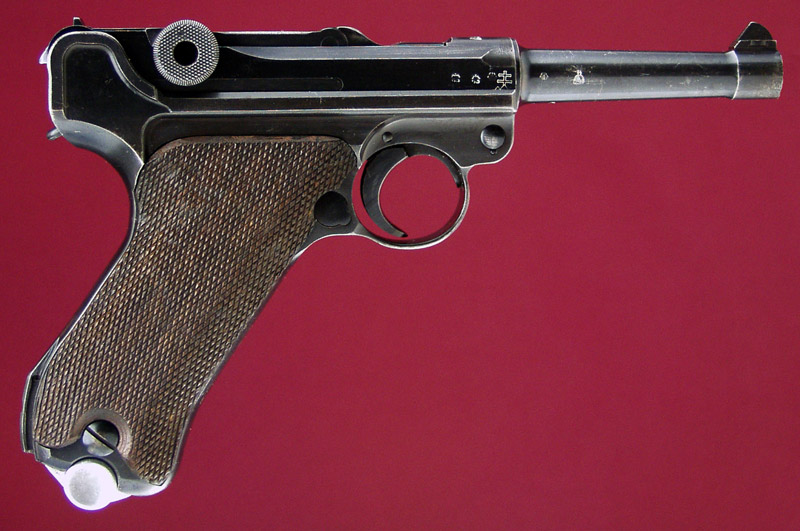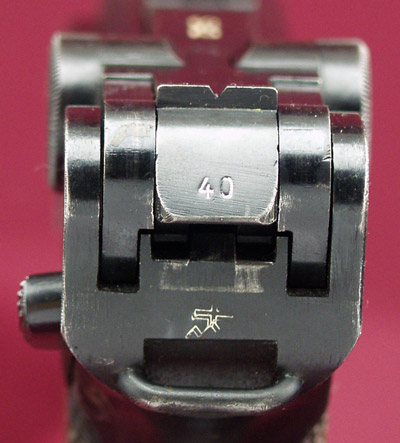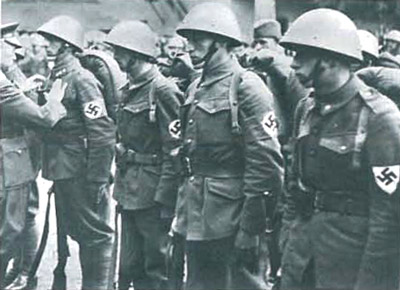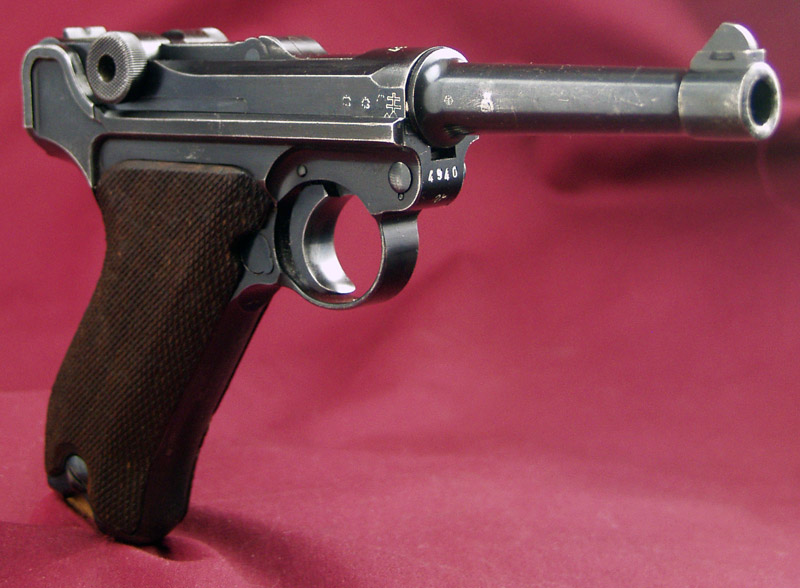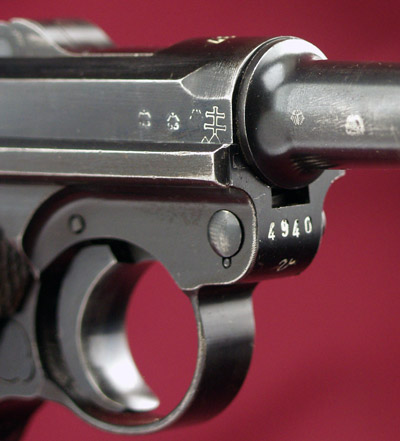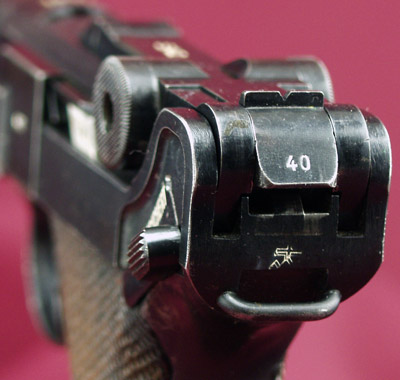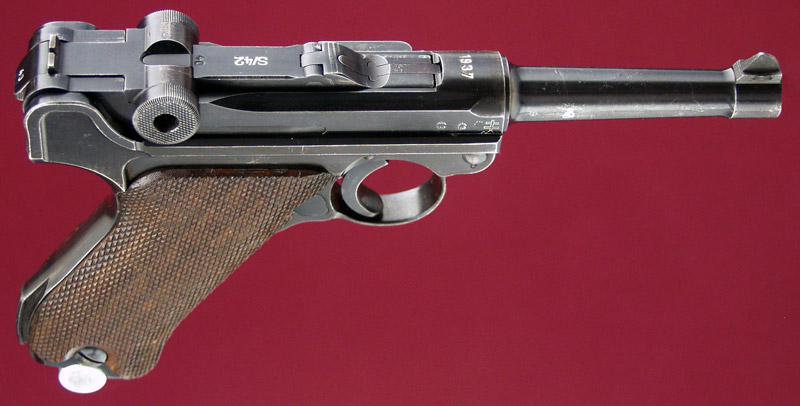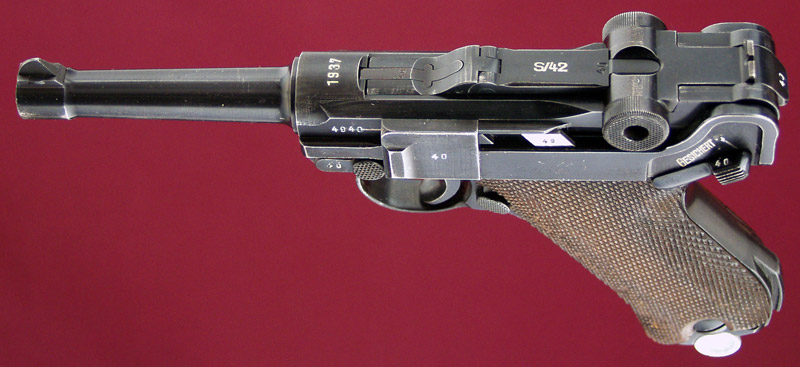1937 Mauser S/42 Slovakian SS
PHOENIX INVESTMENT ARMS -
PREMIUM COLLECTOR LUGERS
Genuine German
Luger - Largest Variety of Lugers Offered
Home | Post WWI DWM | Erfurt Lugers | Mauser | Simson Suhl | Krieghoff | Vickers, Ltd | Swiss Bern | Other Guns
Bottom of Page
|
|
|
|
This Lugers was manufactured by Mauser-Werke in Oberndorf. To conceal production from the Allies a series of alphabetical dates and numbers were assigned as code on the toggle S/42 (Mauser) was used from 1934 until 1939. This is a 9mm, 1937 dated Mauser S/42 coded Parabellum with all matching parts. In addition to the standard Mauser marking the Luger has the national symbol of Slovakia stamped on the right side and rear toggle and the SS (Schutzstaffel) Totenkopf attributed to the SS Concentration Camp Guards. (911) |
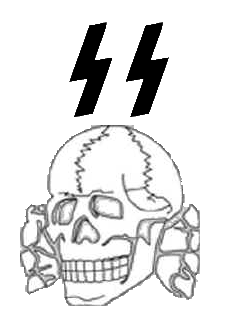 |
|
Photographs are copyrighted, all rights reserved, any extraction, reproduction or display of gun pictures without the express consent of the Phoenix Investment Arms is strictly prohibited Thank you for your cooperation. |
|
|
|
|
This Parabellum is 9mm, with a 4" barrel, a dovetailed inverted front sight and a "V" notch rear sight on the rear toggle link. Serial number placement is in the military ("exposed") style. The thumb safety is marked "Gesichert" and extractor "Geladen." The first toggle link is marked with the Mauser Code S/42 monogram, the grips are serial numbered to the gun. There is a stock lug, the trigger, the locking lug and thumb safety are blued, as expected of the 1937 Mauser Code S/42. This example has all matching numbers. The barrel is numbered and proofed and matches the frame. |
|
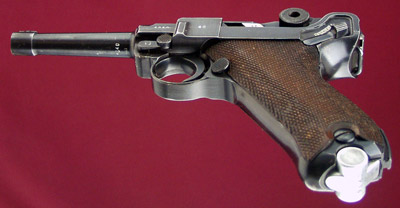 |
|
|
|
|
|
In 1938 the leaders of the United Kingdom, France, and Italy were trying to avoid another war with Germany and were willing to negotiate with Hitler. The result of their negotiations, the Munich Pact, forced the government of Czechoslovakia to cede the Sudetenland, an area inhabited largely by Germans, to Germany. Fearing that the federal government would not be able to protect Slovak interests, the Slovak leadership nominated an autonomous provincial government and approved a new constitution, creating the short-lived Second Republic of Czechoslovakia. Faced with the threat of being divided between Germany, Poland, and Hungary, the Slovak government decided to withdraw from the federation and declare its independence. On Oct. 6, 1937, an autonomous government was established in Slovakia, at that point still a part of Czechoslovakia. On the 28th of the month, this government issued a decree that, among other things, established the Hlinka Guards, named after Father Hlinka, as the official Slovak "defense organization." On March 14, 1939, the first independent Slovak Republic was established, and Dr. Jozef Tiso was chosen as head of government |
